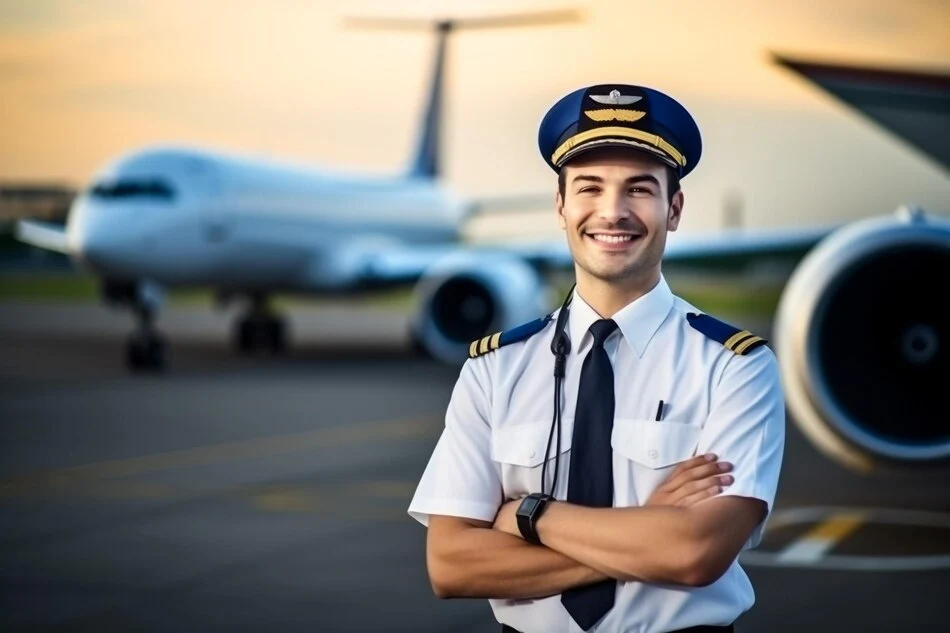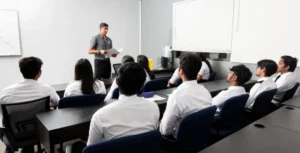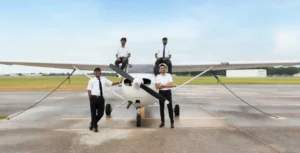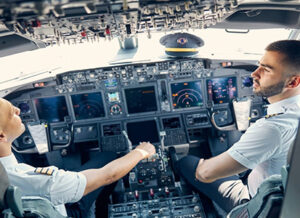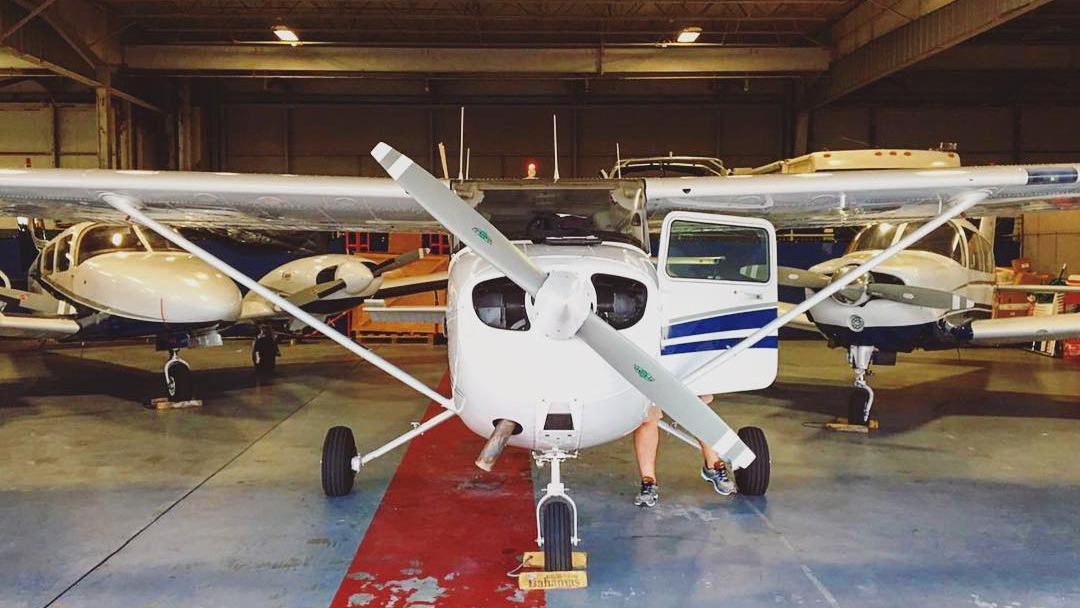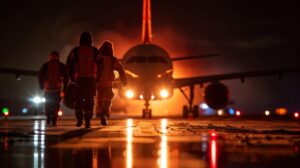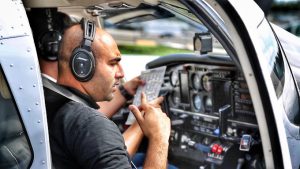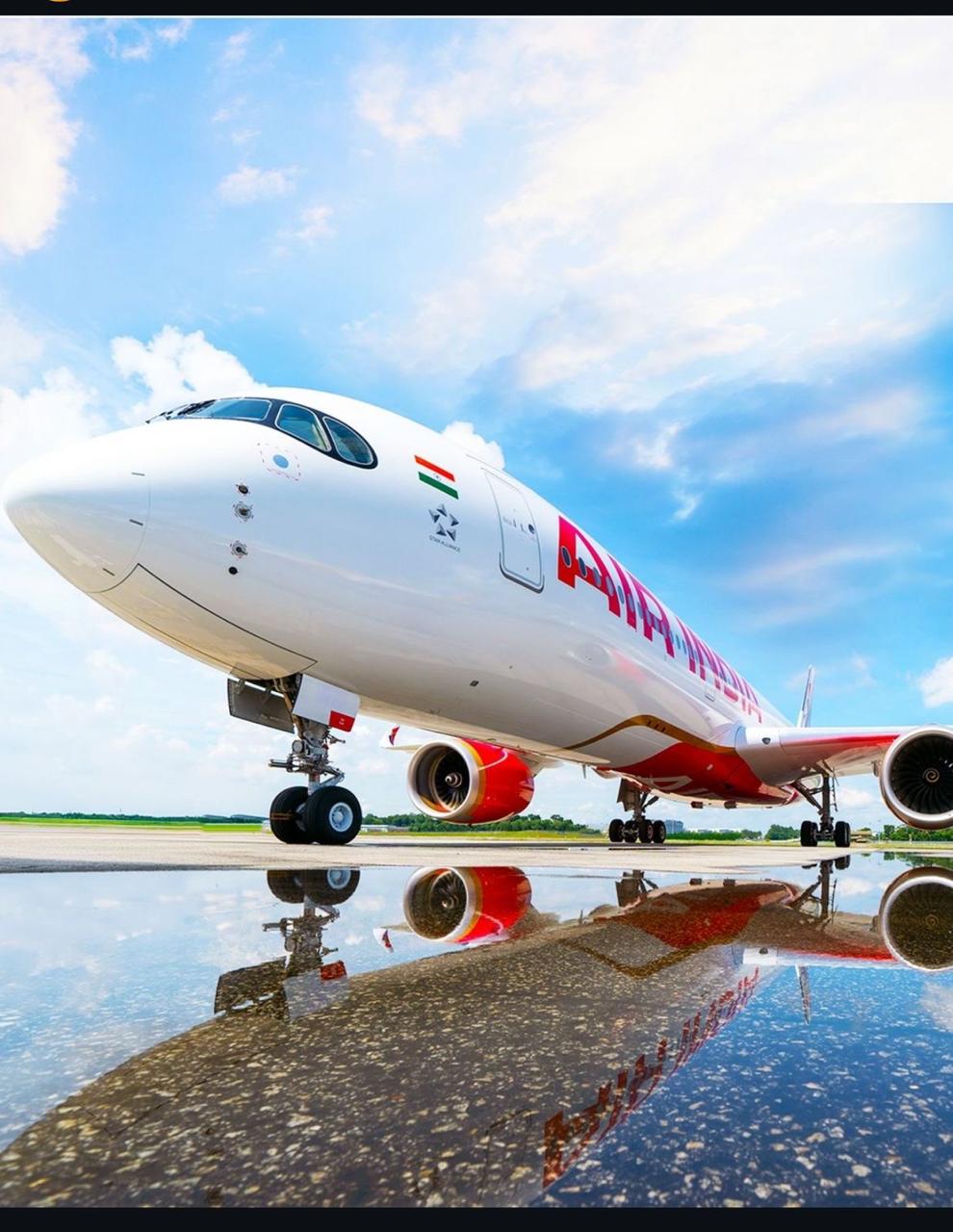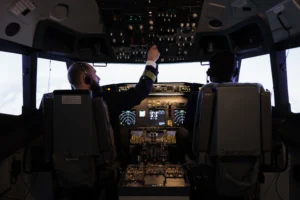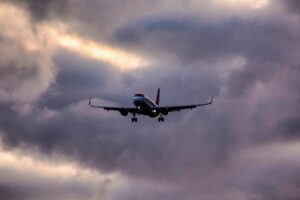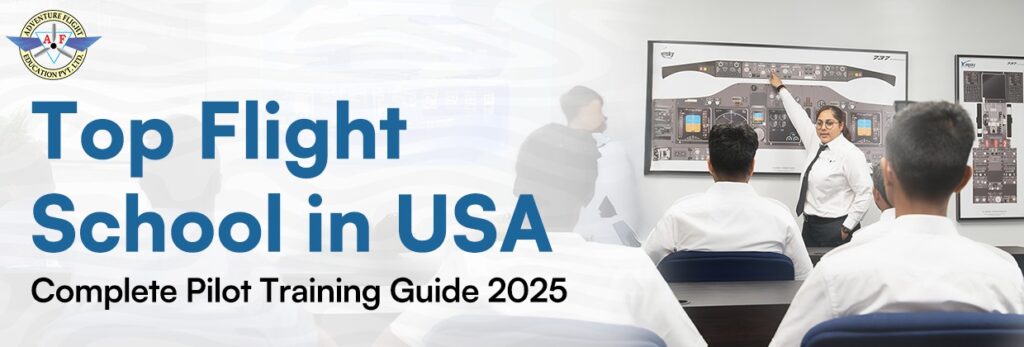
Top Flight School in USA – Complete Pilot Training Guide 2025
The aviation industry in any part of the world offers a gratifying and stable career, remaining high in demand throughout the year, and this includes the industry in the USA too. However, a career in this field puts a significant responsibility on one’s shoulders, and that’s why highly skilled and professional individuals are required for Commercial Pilot Training. A career in aviation USA involves job profiles like Commercial Pilot, Airline Transport Pilot (ATP), Cargo Pilot, Flight Instructor, etc.
Individuals dream of entering the aviation industry as pilots, engineers, and aviation professionals. To fulfill their dream, they search for the top flight school in USA, where they are introduced to Adventure Flight Education. In this pilot training guide, you can learn about everything you need to know for yourself and your career in the aviation industry, which will help you to take better steps towards achieving your life goals.
Eligibility Criteria
Most people interested in the aviation industry aspire to be commercial pilots. To be eligible to enroll in a commercial pilot training program in the USA, one must be at least 17 years old and have completed 10+2 with Physics and Mathematics. However, the cost of commercial pilot training in USA, particularly the tuition fees, tends to be high. Another primary requirement includes a Class II, Class I and FAA Class I medical certificate, deeming you fit to be a pilot.
Flight Training in USA
Adventure Flight Education offers some of the best programs for pilot training in USA, designed to prepare you with the best skills and training required to become a Commercial pilot. The following are some skills taught during flight training:
1. Focus on Core Skills
Pilot training in the Adventure Flight Education hones all the aspirants in core skills like basic flight operating procedures, essential flying skills, and aircraft instrumentation. These things help in developing a strong foundation that prepares them for real-world flying.
2. Advanced Simulator Training
We at Adventure Flight Education provide students with the opportunity to practice their flying skills in a safe environment using our state-of-the-art flight simulators. Training in simulations resembling real-life flying conditions prepares a trainee in handling complex emergencies and coordinating with the crew properly..
3. Single-Engine & Multi-Engine Training
Comprehensive training on both single-engine and multi-engine aircraft is necessary before stepping into a professional career. Our single-engine & multi-engine rating teaches you to manage complex flight situations both independently and with your crew.
4. Skills Test for Licensing
As part of their training, aspirants must undergo a multi-engine skills test, which is a prerequisite for obtaining the DGCA (Directorate General of Civil Aviation) license. Qualifying in this skill test and obtaining your license ensures that you are fully equipped with the knowledge, precision, and confidence needed to operate a multi-engine aircraft safely.
Facilities at Adventure Flight Education
Adventure Flight Education is one of the top FAA approved flight schools in USA, offering pilot training to aspiring pilots. The following are some facilities and benefits we at Adventure Flight Education offer, which make us one of the best schools providing aviation training in USA:
- Professional Flight Instructors: Our faculty consists of experienced flight instructors present to guide you throughout every step of your training.
- FAA Approved Flight School: Training programs at Adventure Flight Education are approved by and match the standards of the Federal Aviation Administration (FAA).
- DGCA Airline Pilot Program: AFE offers an airline pilot program approved by the DGCA.
- Aircraft Maintenance: Our aircrafts are maintained appropriately to offer reliability and safety to all the trainees.
- Fast Track Flying: Students can complete their flying training with our efficient programs in just 8 months.
- 100% Internship Opportunities: Get a pathway to real-world aviation experience through our guaranteed internships.
- 100% Placement Assistance : Get dedicated support and guidance to kickstart your aviation career with top airlines and operators.
- Visa Assistance : Get complete guidance and support for a smooth and hassle-free visa process.
- Accommodation: Adventure Flight Education offers accommodation in luxury apartments along with several other amenities to all its students.
Conclusion
Building an aviation career requires serious and precise training, but it is a gratifying career once that training ends. From mastering the fundamentals of flight to handling multi-engine aircraft, comprehensive training in all aspects of aviation is crucial for securing a high-paying career and maintaining expertise in the field.
All of it is taught by Adventure Flight Education, providing a comprehensive pathway toward becoming a professional pilot. With additional benefits like fast-track training, guaranteed placements and internships, and comfortable accommodations, students can focus entirely on their training and career goals.
Frequently Asked Questions (FAQs)
Q. Who is eligible for commercial pilot training in the US?
Individuals qualified in 10+2 with Physics and Mathematics subjects are eligible for commercial pilot training in the US.
Q. Is there an age limit to become a pilot in the USA?
Students need to be at least 17 years old to enroll in the commercial pilot training program in the USA.
Q. How many types of pilot licenses are there?
There are several types of pilot licenses, like the Student Pilot License (SPL), Private Pilot License (PPL), Commercial Pilot License (CPL), and Airline Transport Pilot License (ATPL).


